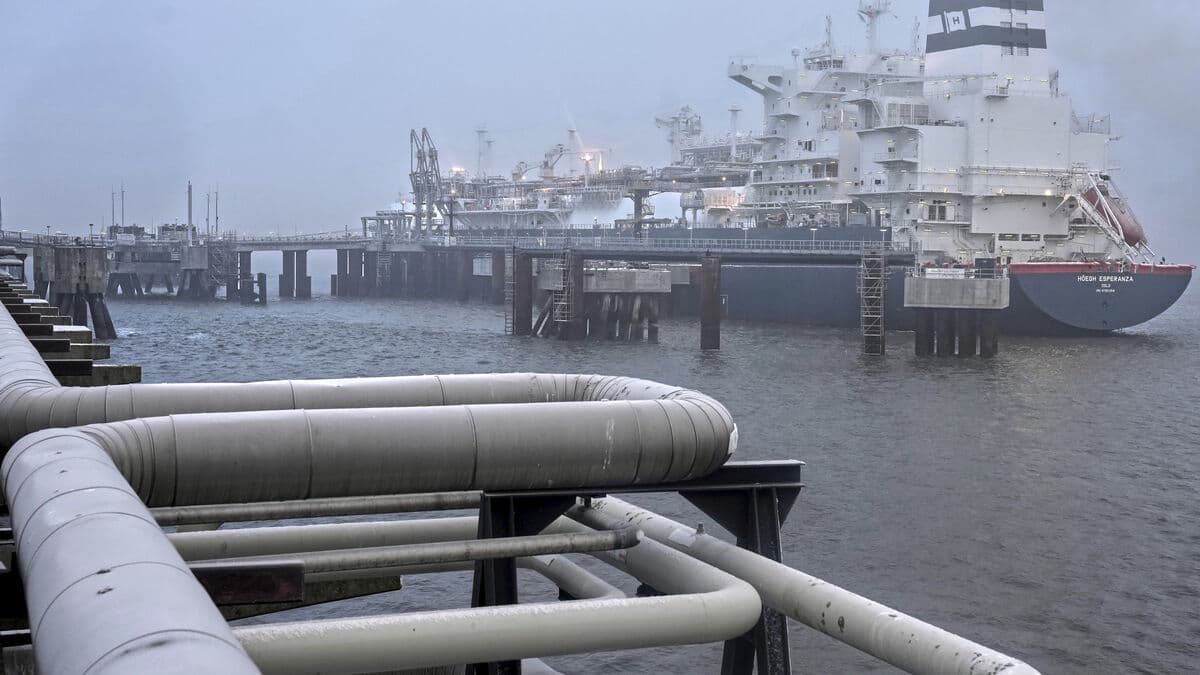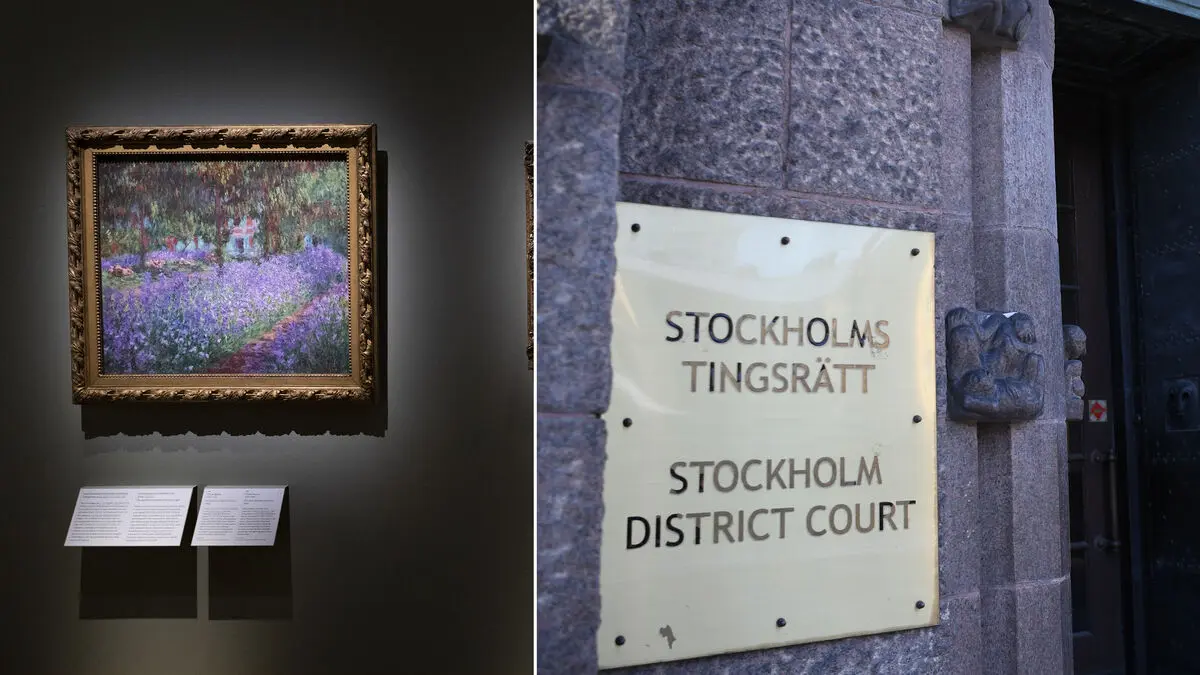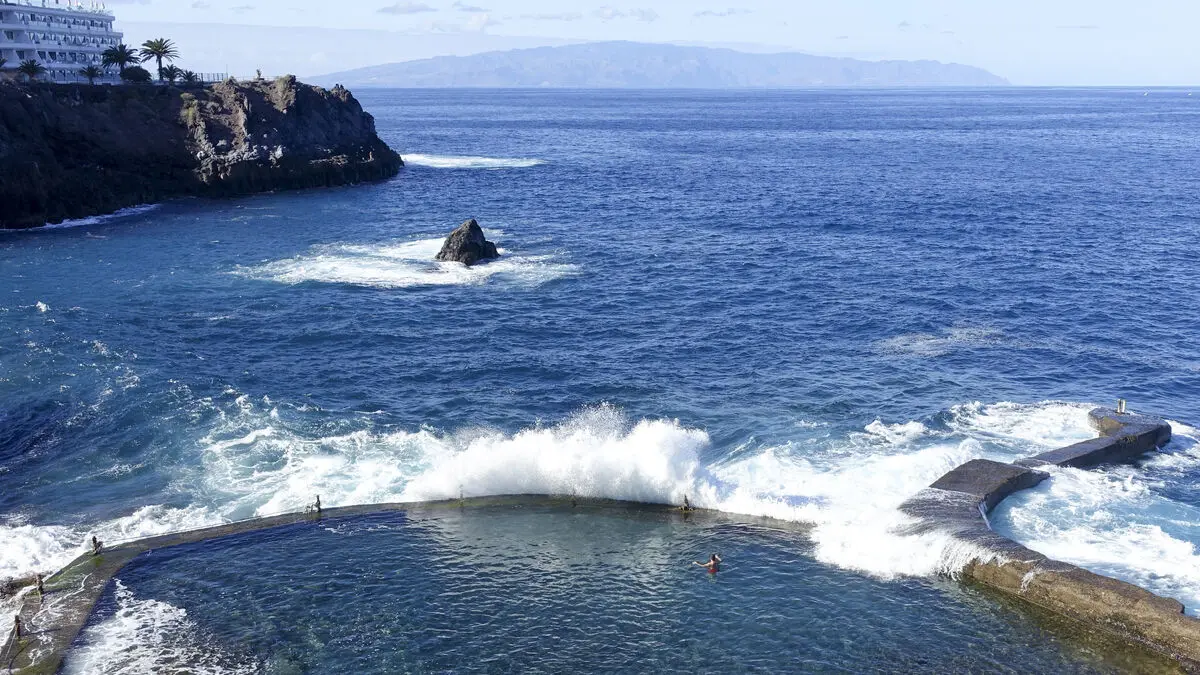It is a strained gas market in Europe and hydropower that is locked in by bottlenecks in northern Sweden and Norway is causing trouble.
I do not want to be alarmist and say that one should be worried before the winter. But there is a risk that prices will be high this winter – higher than what we had last winter, says Christian Holtz, electricity price analyst at the consulting firm Merlin & Metis.
But there is not much to suggest that prices will be as high as we had a few years ago, when it was at its worst, he adds.
Does not think the ceiling will be activated
He also does not think that the high-cost protection or electricity price ceiling that the government has introduced for the months November 2025–December 2026 will be activated.
The electricity price ceiling – a high-cost protection – is estimated to cost one billion kronor in the budget and will cover the part of electricity prices that during a month exceed 1.50 kronor per kilowatt hour within an electricity area.
It is quite rare. The probability that it will be activated is low. It will take quite a lot for the price to shoot up over 1.50 kronor per kilowatt hour for a whole month, says Holtz.
In northern Sweden, electricity area 1 and 2, the electricity price on the electricity exchange has only been above 1.50 kronor per kilowatt hour for one month since 2021. That was in December 2022.
In electricity area 3, central Sweden and parts of southern Sweden, the average price was above 1.50 kronor in December 2021 and for four months in 2022.
In southernmost Sweden, electricity area 4, the price was above 1.50 kronor per kilowatt hour in December 2021 and for seven months in 2022.
”Then the price can also shoot up”
But it cannot be completely ruled out.
Gas reserves are not as well-filled as one would like them to be at this time of year. They are lower than normal and the targets set, says Christian Holtz about the situation on the continent.
Nuclear power also plays a role in electricity prices and could, with new unplanned shutdowns, push electricity prices even higher.
If one has a winter month when one or more nuclear reactors are standing still at the same time as it is cold weather – which typically coincides with low wind power production – then the price can also shoot up.
Gas reserves in Europe are filled to 83 percent, which is 13 percentage points lower than at the same time last year. This mainly affects electricity prices in Germany and other gas-dependent countries on the continent, which are expected to have electricity prices above 1 krona per kilowatt hour in winter.
Since power transfers flow between southern Sweden and the continent, prices there also affect the price situation for Swedish households and companies.
The water reservoirs in Sweden are, however, more filled than normal for the time of year, which means that one can count on a high production level of hydropower in winter. However, an unusually large part of the reservoirs is located in northern Sweden (and northern Norway) and this will be partially locked in there and cannot be transferred further south.
Source: Merlin & Metis





